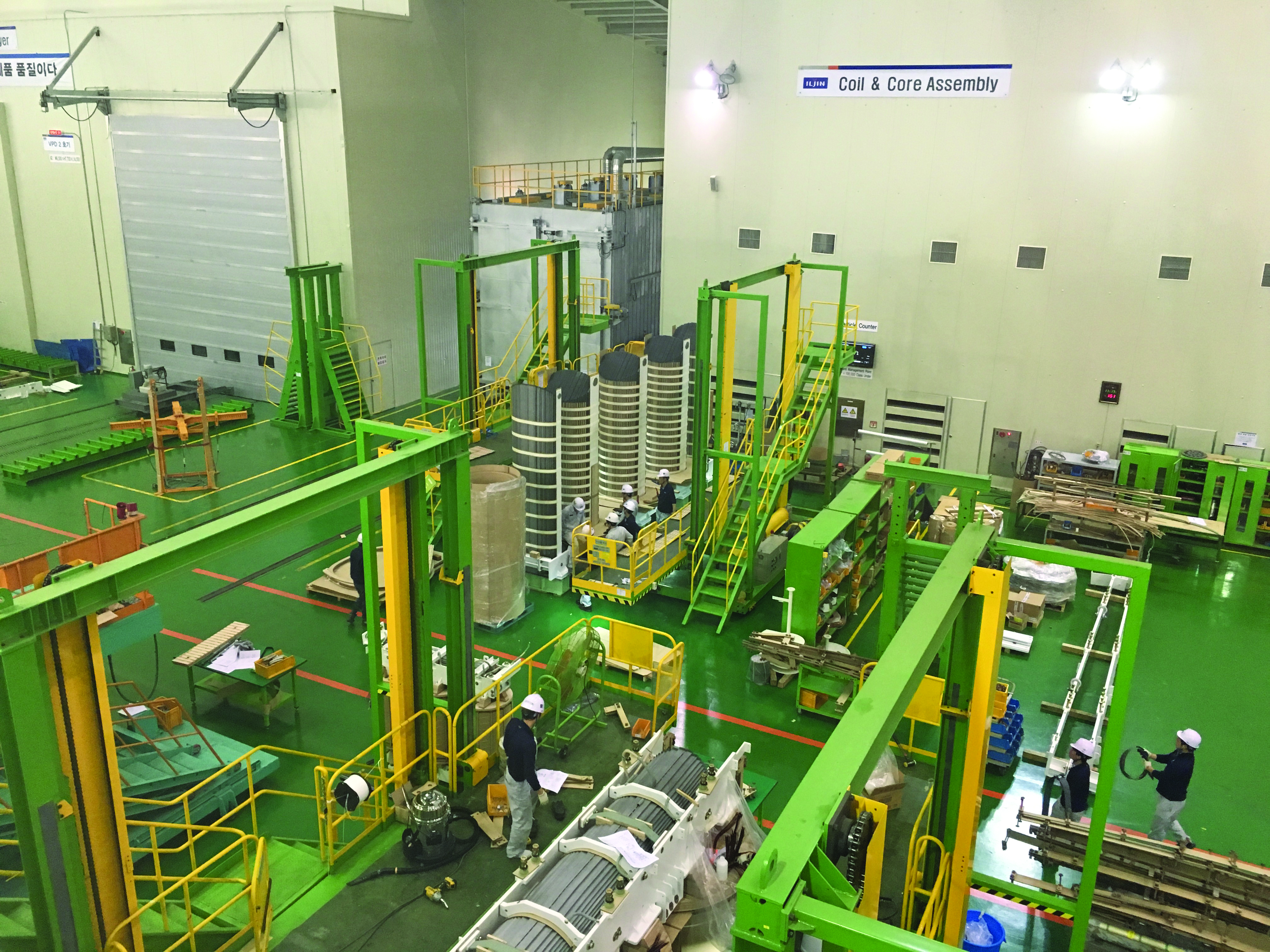Efficiency
Prediction of the Acoustic Behavior of Gearboxes Based on Topographic Deviations Using Neural Networks
Read More
Understanding Cycloidal Gearboxes - Single-stage vs Multi-stage
Back to Basics: Cycloidal Gearboxes
Read More
Mechatronic Methodology
Iljin Electric Collaborates with Siemens Digital Industries on Product Development
Read More















